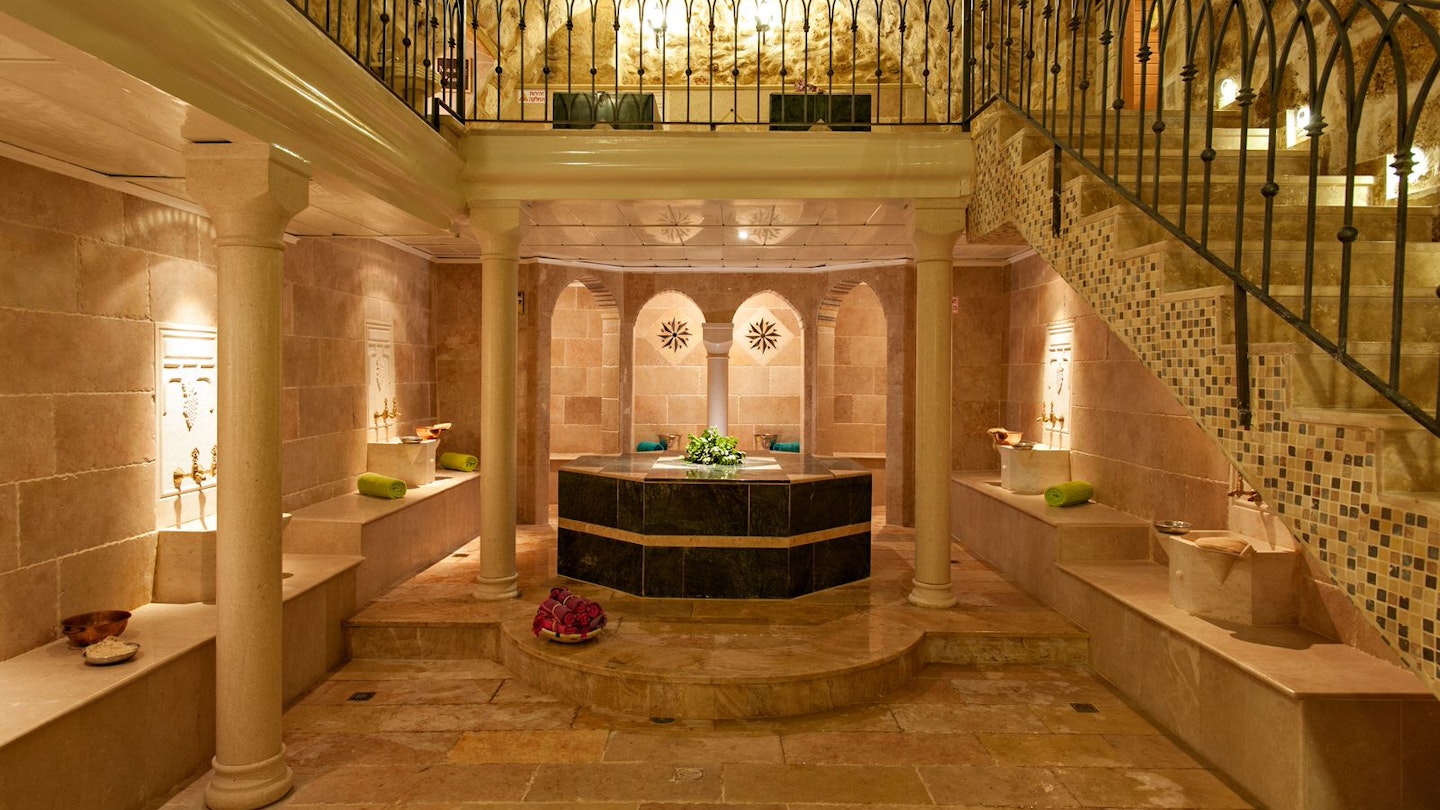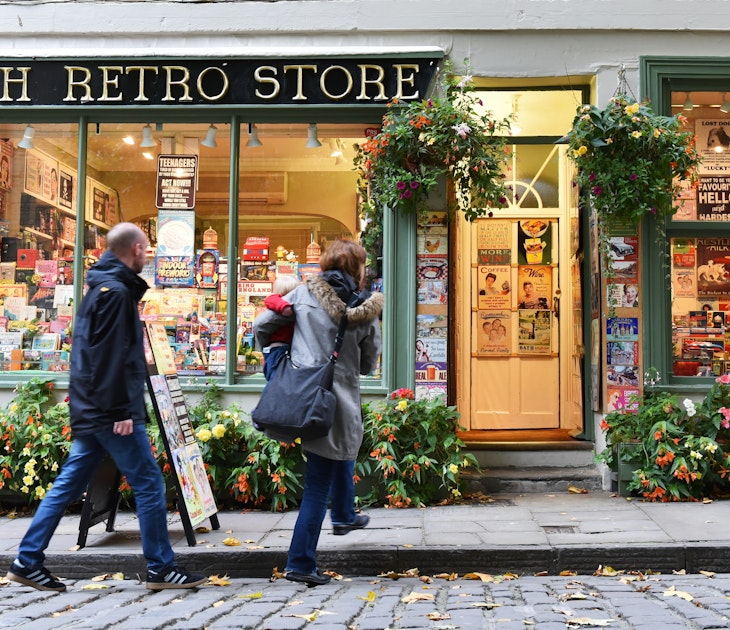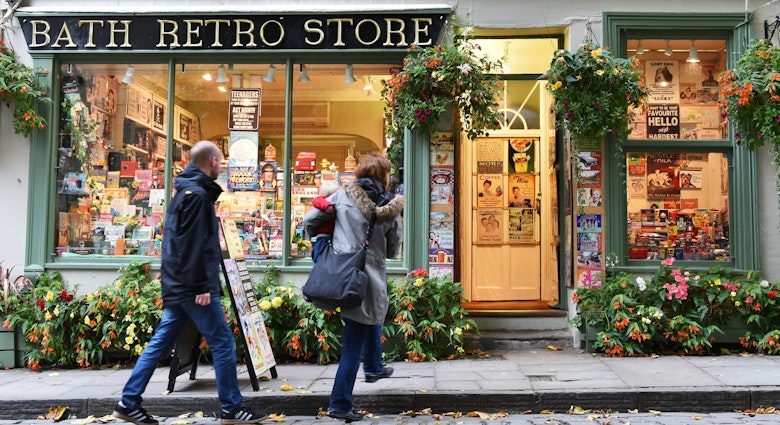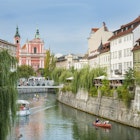Inside the walls of the 5000-year-old city of Akko, bustling markets are squeezed into alleyways that meander past incredible historical sites. It was the Crusaders who left the most impressive remains here, with a series of fortifications and the Knights' Halls, an underground complex that served as the industrial, religious and military headquarters of the ruling Order of St John. The Greeks, Romans and Ottomans also had stints as Akko's rulers.
Between, under and on top of this city’s rich historical remains, new restaurants, hotels and restored ancient sites are now open to visit and experience Akko in all its layers.

Ghattas Turkish Baths
From the outside, it looks like a typical Akko house, but descend the steps inside this 400-year-old stone building to the beautiful Ghattas Turkish Baths. Geometric tile mosaics dot the walls and floor, candles illuminate the domed ceiling and heated marble tables are ready to receive guests for spa treatments. The bathhouse has been a labour of love from local Emil Ghattas, who remembers his childhood in Akko when Turkish baths were ubiquitous because there was no running water. An exfoliating olive oil skin scrub here is an ideal way to relax and rejuvenate after wandering around the city streets and allows you to be transported back to the days when the city was filled with these fixtures of local life, where residents came to wash up but mostly to socialise.

Efendi Hotel
Built inside two meticulously restored palaces from the 19th century when the Ottoman Turks ruled Akko, the Efendi Hotel is more than just a luxurious place to sleep. This masterpiece of architectural restoration includes ceilings painted with bright intricate floral designs and arched doorways leading out to terraces overlooking the sea. An incredible fresco of Istanbul, painted in 1878 to mark the opening of the Orient Express train station there, was discovered during the building’s restoration and covers one wall of the lobby. The art was among many surprises found during the restoration work, as like many Ottoman buildings in the city, the palaces that now make up this hotel were built atop even older ruins. Part of the dining room, where guests eat breakfast at one long table, used to be a 6th-century Byzantine church. The hotel’s underground wine cellar was built by the Crusaders in the 12th century, and one of the floors was an olive oil soap factory in a previous life. The hotel offers culinary tours of Akko’s market, as well as seminars about the Crusader period. Even if you don’t stay here, you can still step inside and admire the building, drink a glass of wine from the cellar's large collection or relax at the 400-year-old hammam, where light flickers in through tiny holes in its domed blue roof.
Endomela
Owned by renowned chef Uri Jeremias, who has been running the nearby Uri Buri seafood restaurant for more than 20 years, Endomela serves churned-on-site ice cream in constantly changing, unique flavours, such as mint, halva (sweet sesame paste) and cardamom, all made with local ingredients that have defined the city’s cuisine throughout the ages. Just across from the sea, Endomela is set up in a small white building with neon green chairs and tables out front. Don’t be afraid to ask for a sample or five before making a choice.

Turkish Bazaar
Built in the 18th century, the Turkish Bazaar was until recently just a row of abandoned buildings and a few souvenir shops, but now several restaurants and craft shops have opened up. The eateries in these arched market stalls and their talkative and friendly owners offer a window into the lives of Akko’s younger generation, both Arabs and Jews who live side-by-side here. It is a place to experience Israel’s creative modern dining scene, bringing together various cultures, including Turkish, Palestinian and Jewish, that have called Akko home throughout history. At Mercato, diners sit at a bar or at tables while food is prepared in an open kitchen with a taboon, a ceramic dome-shaped oven with a fire at its centre. In addition to being used for bread and meat, the oven is used to roast vegetables, such as beets, which are served with feta cheese and fresh tarragon. At Maadali, which means ‘virtuous woman’ in Arabic, owner Adnan Daher combines the traditional local recipes of his grandmother with modern culinary trends, creating dishes such as fish cooked in tahini and watercress salad with pomegranate dressing. Along the same alley, Kukushka serves local craft beer and gourmet street food. Sausages inspired by German and Turkish cuisine, as well as skewers of shrimp and calamari, wait to be ordered alongside dozens of other fresh creations.
El Marsa
Inside what used to be an Ottoman government customs house where taxes were collected on goods that arrived by ship, diners can enjoy stunning views of the ancient harbour. From the tables at El Marsa you can watch boats arrive, hear the waves crashing against the city walls and soak up the sunset. The food is just as rich as the views. The restaurant’s chef, who has worked in Michelin-starred restaurants in Europe, prepares many creative dishes, usually based on seafood. Paying homage to the waterfront location, Middle Eastern classics are dressed up with seafood. Kibbeh (cracked wheat croquettes) is stuffed with seafood instead of the usual meat, and calamari salad is dressed in tangy labneh cheese.
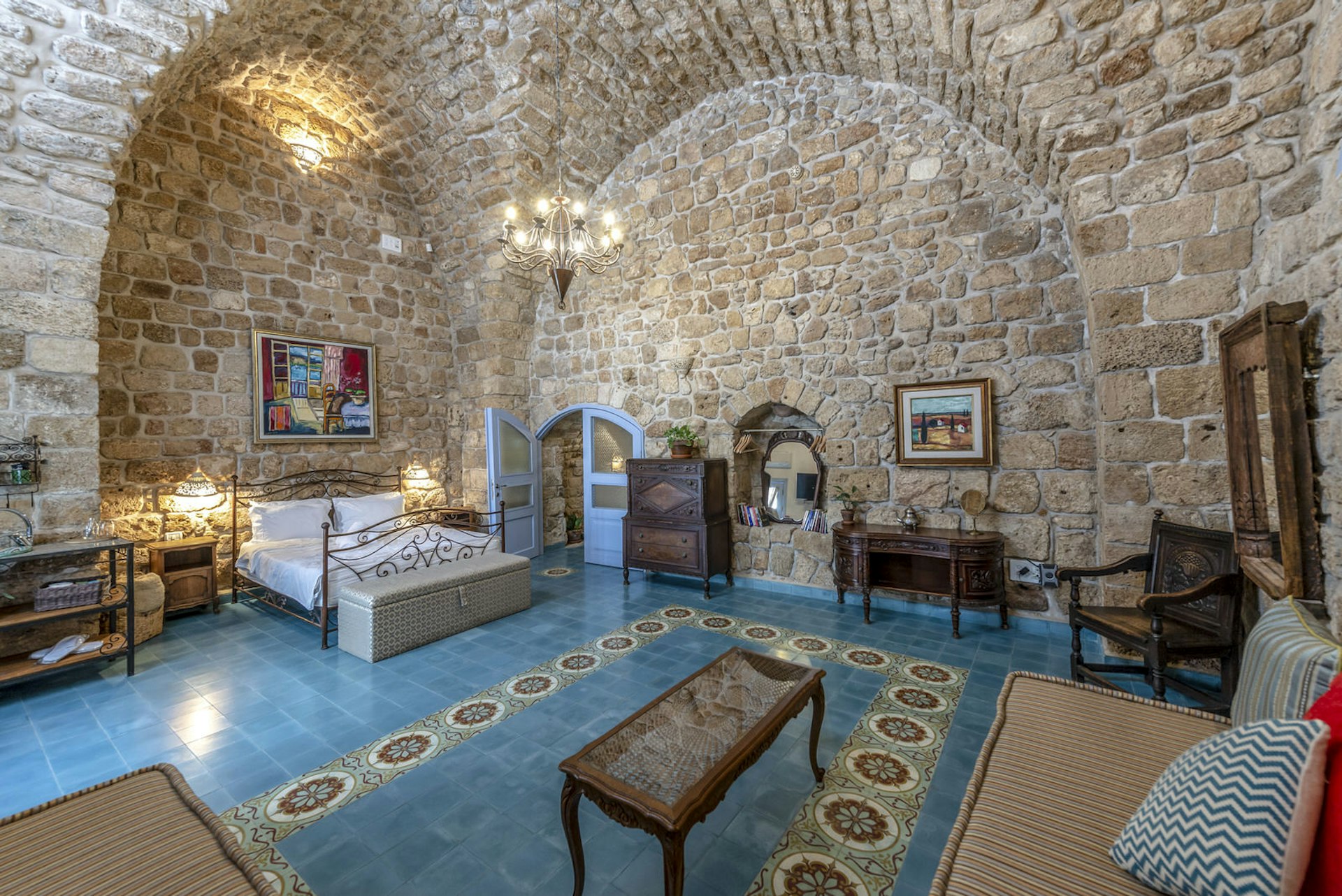
Arabesque
Opened by writer Evan Fallenberg and his son, Micha, Arabesque is much more than a B&B. The father-and-son team spent years restoring a 300-year-old stone house, which contained within it other ruins that were more than 1000 years old. In addition to three guest rooms with exposed stone walls, antique furniture and brightly tiled bathrooms, Arabesque also offers cooking workshops in its chef-grade kitchen and Arabic lessons. The courtyard, with its fragrant orange trees, flowers, cushion-covered wooden benches and trickling sabil fountain, hosts local cultural events. Arabesque will soon offer residencies for artists and writers.
Zawayat Al Shadlia
With its cobalt blue dome even brighter than the summer sky, the Sufi complex of Zawayat Al Shadlia, established in 1862, is open to visitors during its ongoing restoration, scheduled to be completed in 2019. The works seem to keep people away, and you’re likely to have the site to yourself. Marvel at the stone arches, geometric designs of blue tilework and restored colourful stained glass windows before wandering around the halls and courtyards where this mystic branch of Islam was founded. Members of the small local Sufi community will be eager to explain its origins, telling you how on a pilgrimage from his native North Africa to Mecca, Sheikh Ali Nur a Din el Yashruti stopped in Akko after receiving a message in a dream from the prophet Jonah to establish a new mystical order here.
